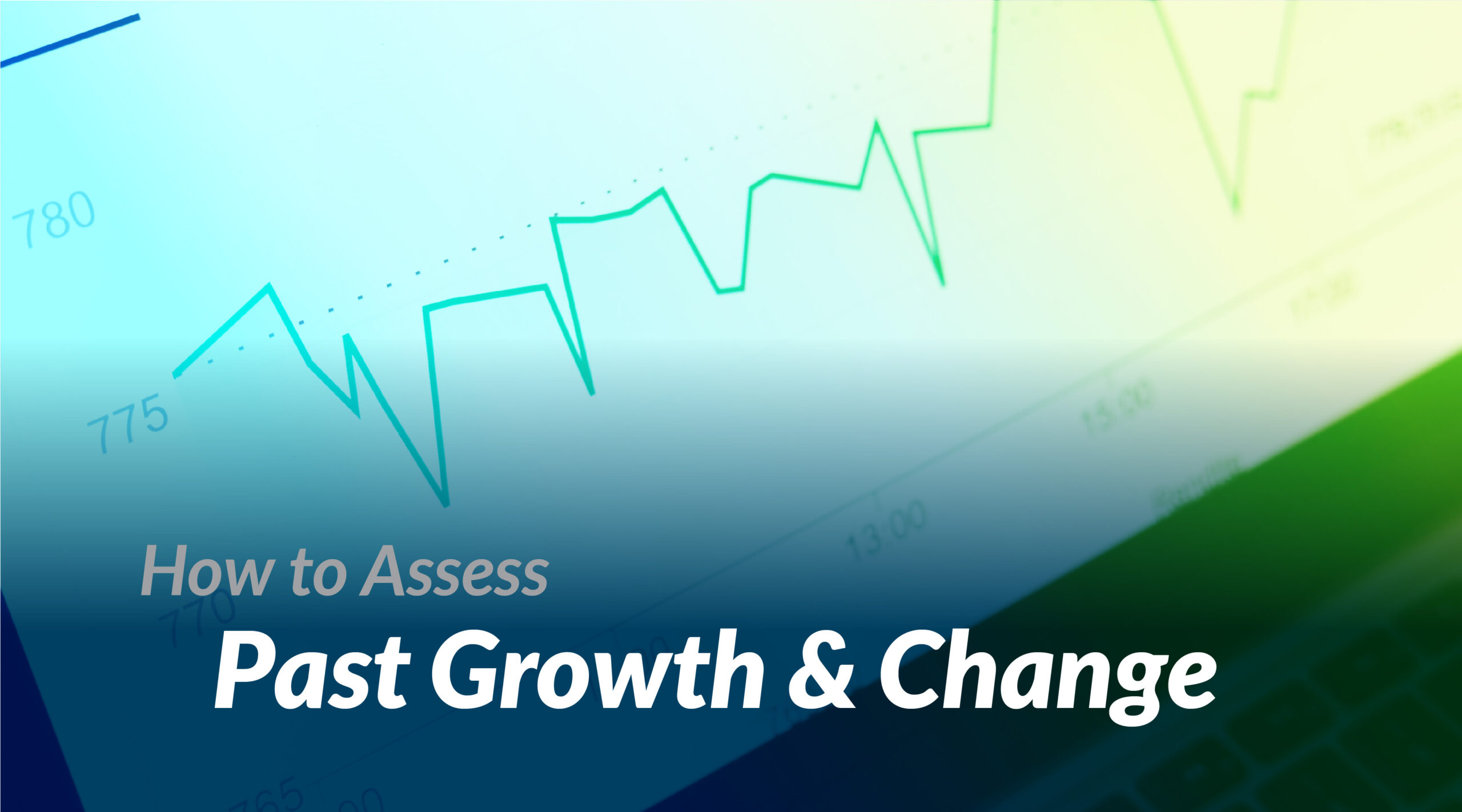It is helpful sometimes to think of economic development in terms of layers that you can peel or levels you can climb. At its most basic level, economic development is about employment – providing people with jobs so they can meet their basic needs. Another way to put this is that economic development is about minimizing unemployment and poverty, and the social challenges they present. Let’s call this Level 1 economic development.
Having a job is a good thing, but what comes after that? Some people are satisfied with just having a job they are comfortable with to meet basic needs, but many people aspire to more than that. They want to “move up the ladder” to a job with more responsibility, prestige and, of course, money. That would be the next level of economic development – to help provide more higher-paying, higher-skilled job opportunities for community residents. Economic development organizations can help do that by recruiting new companies, practicing existing business retention and expansion, and helping facilitate new business start-ups. At this Level 2 of economic development, things can really start to pop – residents enjoy higher incomes which can create a higher standard of living.
A stronger local economy can help support other components of a prosperous community, from basic needs to quality of life enhancements to advanced social needs. Now we are entering the 3rd (and higher) levels of economic development and creating a truly prosperous community. However, communities have different definitions of prosperity and they must prioritize the factors they believe are most important to create their own unique roadmap to prosperity.
So, the answer to the question of “Is your community experiencing economic development or just growth?” depends on two things: 1) is the community progressing to higher levels of economic development as discussed here (better jobs, higher incomes, etc.); and 2) is the community staying on its roadmap to prosperity and making progress toward its vision?
Higher Levels of Economic Development
If you have created the tools for Creating a Prosperous Community Website, Gathering Community Input, and Building Community Strength, then you have a head start on what you need to assess whether your community is experiencing real economic development or just “running in place” growth.
Tool 2.3 is a “strength tracker” for the local economy. It focuses on whether key local industries are growing or declining : 1) in the community as an immediate measure of economic health; and 2) in the nation as a longer-term indicator for what the community might be facing in the future. This analysis should also include total employment and unemployment, and the unemployment rate. This tool, then, is measuring the Level 1 economic development discussed above – do residents have jobs?
The blog “How Does Your Economy Measure Up?” provides suggestions for a tool to measure Level 2 economic development – better jobs and a higher standard of living. Tracking changes in personal or household income, income per capita, and other indicators of prosperity such as home ownership and educational attainment provides a measure of Level 2 economic development discussed above – where residents have better, higher paying jobs and a higher standard of living. It is wise for a community to benchmark its performance in these measures against other communities, the state and even the nation to gauge its relative as well as absolute performance. A community might appear to be doing well in isolation, but failing to keep up with other communities, its state and the nation is another matter.
Moving Toward the Vision?
A community’s roadmap to prosperity provides a second important tool to assess whether a community is experiencing real economic development or just growth. When a strong and growing local economy helps support the other prosperous community components of basic needs, quality of life enhancements, and higher-order social needs, we have reached the third and higher levels of economic development. However, a community should prioritize the factors in each component based on its vision for the future. For example, a community may prioritize environmental quality in basic needs, arts in quality of life enhancements, and membership (participation by citizens in community affairs) in social needs. At this Level 3 economic development, we move away from just strict economic measurements into social and quality of life measurements specific to a particular factor. Environmental quality (basic needs), for instance, could be measured by the number of air quality alerts, and recreation (quality of life enhancements) could be measured by parks and surveys on how often people take advantage of local recreational opportunities. Here, we get into a field of community and economic development referred to as social indicators. The idea here is that the end result of economic development (and what really matters) is the benefit that economic development provides to the residents of a community. An example of one measure could be how healthy are its citizens? There is currently a lot of research into measuring “happiness” of community residents. In summary, if measurable progress is being made in priority factors important to a community’s vision, then you can certainly say that true “economic development” is taking place.
![2021 Prosperous Places Logo [TM]](https://www.prosperousplaces.org/wp-content/uploads/2021/02/20210205_JI_PPTM-Logo.png)



